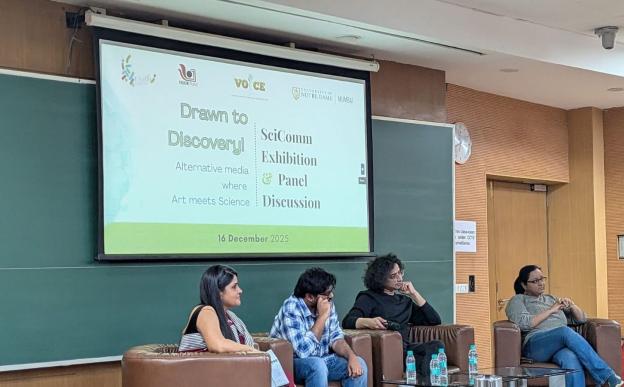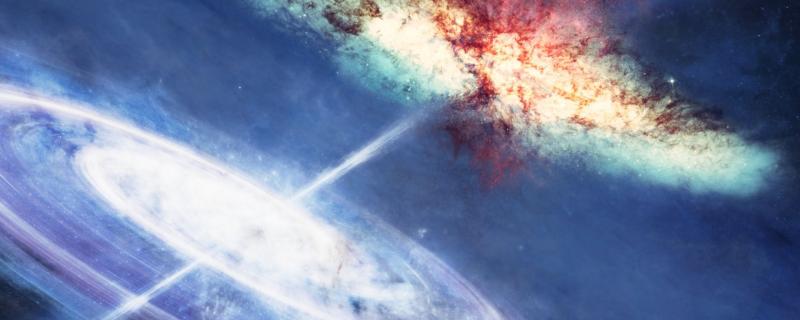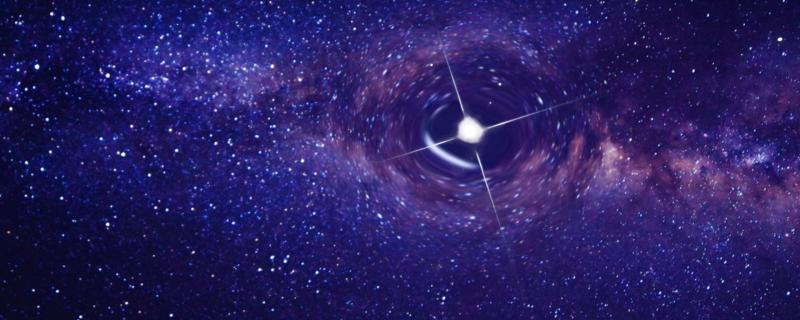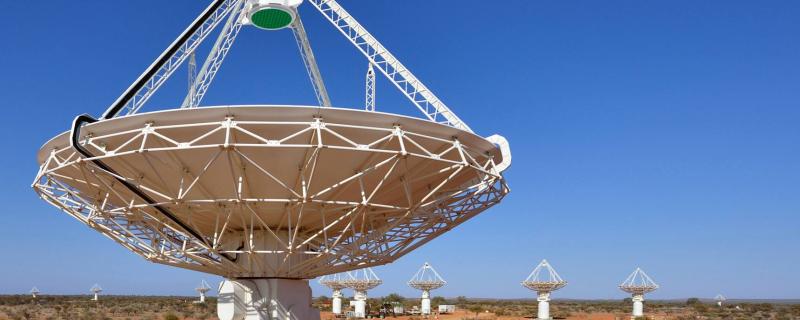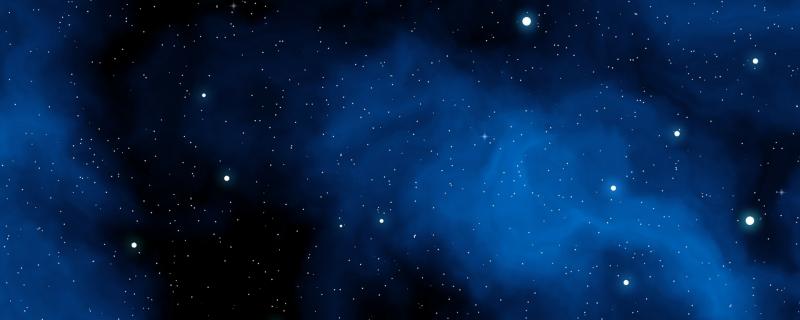The team observed two merging galaxies and discovered that the energy from a quasar is actively transforming the gas within its companion galaxy, thereby dictating whether new stars can form.
The Indian Institute of Science Education and Research (IISER) Pune on Tuesday launched the VOICE Fellowship 2025
Pune/
